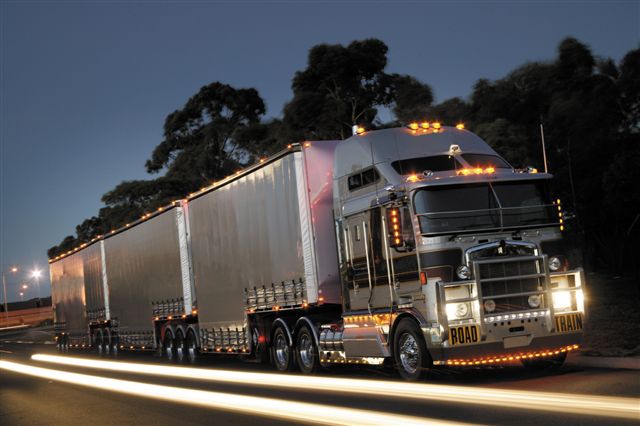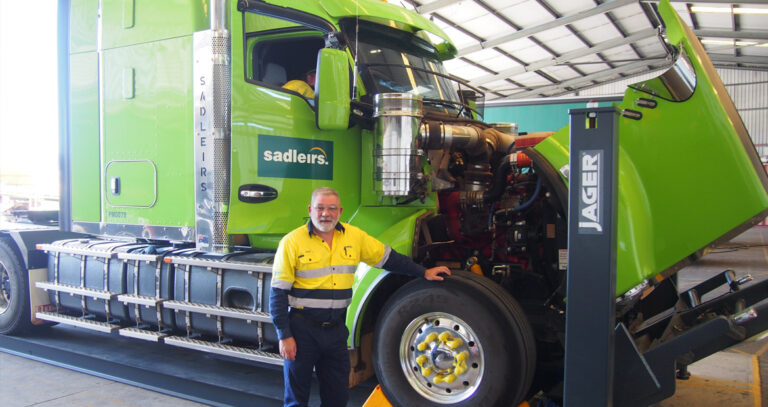According to the Australian Bureau of Statistics, there were an estimated 20 million registered vehicles at 31 January 2021 on Australian roads, with 20.7 percent of them carrying freight.
With one in five registered vehicles carrying the country on their back, why doesn’t our industry get a better break from the public and its governments?
For part of the answer, you need to go back to pre-Commonwealth Australia when each of the states built their own railways to carry freight. The capacity to move goods across Australia, by any other means besides ship, simply did not exist.
Despite the appearance of the first internal combustion engines in Australia in 1912, our governments by 1920 had struck a general agreement to prohibit interstate road transport. The states had invested heavily in rail, and there was no way they were going to allow anyone or anything to compete.
It took the Second World War to at least partially change that. By then, the rail system was overloaded and coastal shipping was in short supply. Trucks were suddenly more in favour. The states did not release the brakes fully and there were massive restrictions on road transport. It took a High Court challenge in 1955 to alter the state of play.
Introduction of a Road Maintenance Tax (RMT) in 1956 started a pattern of behaviour where governments took more and more from our industry. Things came to a head in 1979 with the nine-day Razorback Blockade which was a watershed of sorts ultimately leading to abolition of the RMT.
Governments became more serious about working with truckies from the ‘80s despite missteps like the Road Safety Remuneration Tribunal and the more recent suspension of the Fuel Excise Levy. But it’s a hangover from the bad old days of restricted trade that we still lack a truly national system of heavy vehicle regulation.
I believe the COVID-19 pandemic and the way truckies carried essential goods keeping supermarkets and pharmacies operating gave our industry renewed drive to be recognised as an essential service. The current Federal Government’s push to introduce a new approach to setting minimum standards across our industry can be a game-changer, if managed correctly, with promised safeguards and industry input.
What’s more, there’s evidence that a government that singles out road transport for favourable treatment will reap rewards at the ballot box. Two years ago, NatRoad conducted national research into attitudes towards the heavy transport sector, finding that almost four-in-ten Australians are more likely to vote for a politician who is “truck industry-friendly”.
The independent research showed 37 percent of Australians who would change their vote are ‘likely’ or ‘much more likely’ to support a Member of Parliament who supports the industry. With our Federal Parliamentarians back at work, and the pollies in Queensland heading to the polls this year, this should give us all pause for thought.



